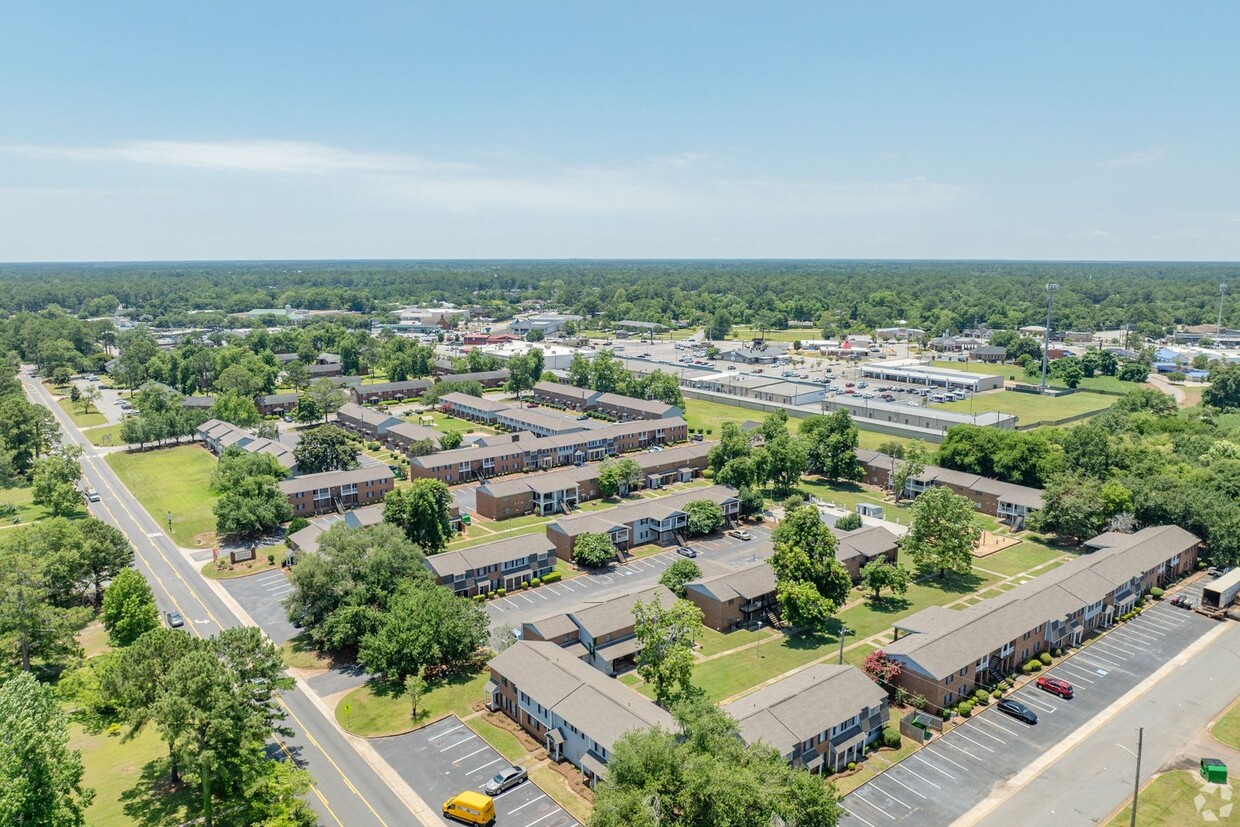10 Ways to Invest in Affordable Housing
10 Ways to Invest in Affordable Housing
Helping solve the affordable housing crisis
You don’t have to own or rent real estate to participate in affordable housing. Thankfully, several real estate funds and private real estate investment trusts (REITs) focus on affordable housing.The largest and most popular private REIT is Blackstone Real Estate Income Trust (BREIT), managed by Blackstone Group (NYSE: BX), which has allocated $1 billion to affordable housing. Raymond James (NYSE: RJF) is another major contributor to this movement, having invested $13 billion to deliver 150,000 units across 48 states.
2. Invest in senior housing REITs
Many people aren’t aware that the growing generation of people 65 and older is among the most cost-burdened when it comes to housing. Healthcare REITs can offer an array of senior housing solutions to help reduce the housing burden for seniors by adding inventory and delivering more affordable units to choose from. Public REITs like Omega Healthcare (NYSE:OHI) largely serve Medicaid and Medicare patients in senior housing communities and skilled nursing facilities.
3. Invest in Sun Communities
4. Invest in Independence Realty Trust
Many people think they have to sacrifice their return to participate in affordable housing, but thanks to several local and federal programs, landlords can receive subsidies to offset the difference in earnings. The Low-Income Housing Tax Credit (LIHTC), for example, pays investors for developing or renting units to low-income households.
8. Become part of the Section 8 program
9. Look into local programs
10. Don’t make dramatic rental increases
Solutions are closer than we think
Thanks to the slew of options and programs available to incentivize investors putting money into this arena, a solution could be much closer than we think. Investors don’t have to jeopardize their returns or earnings to help make housing more affordable. You simply have to participate in the right ways.
We live it and breath the industry – at SIMM Capital our strategy is to give everyone the chance to build wealth through real estate. We seek the best assets that hold the largest opportunities while delivering in rent growth year over year. We know the business. To see how we can help you with your Real Estate investments talk to an expert and click the link www.simminc.com




Recent comments